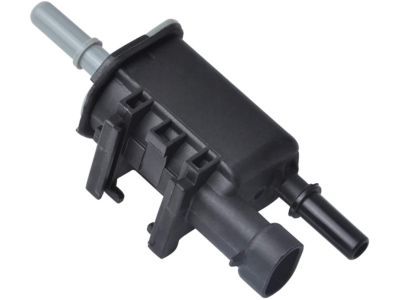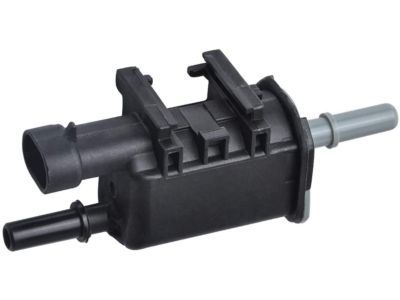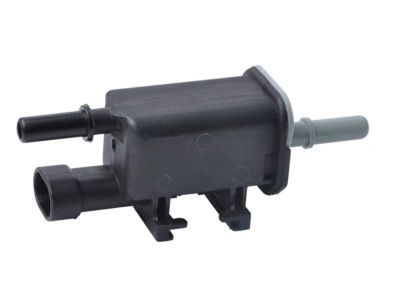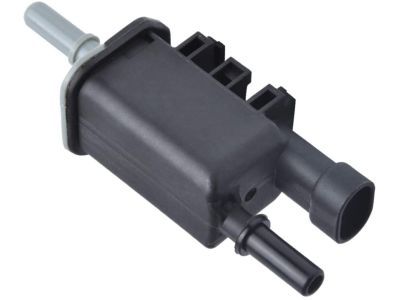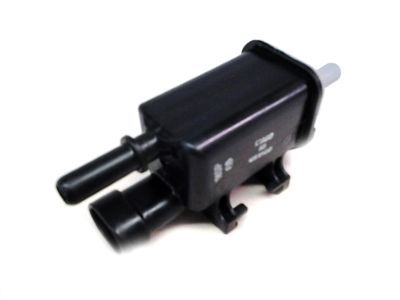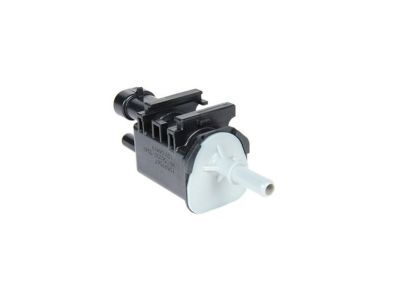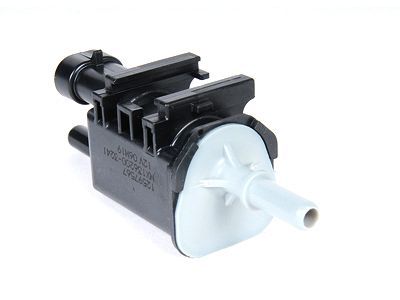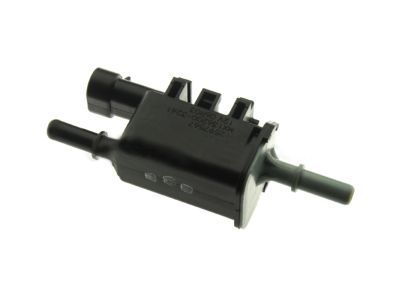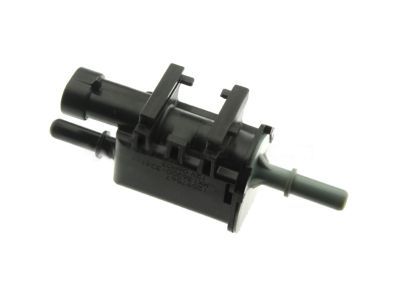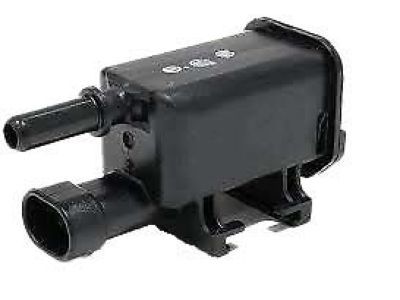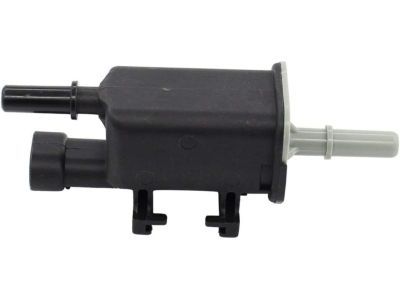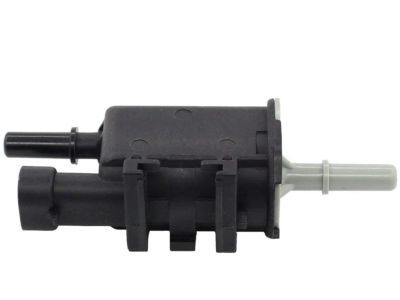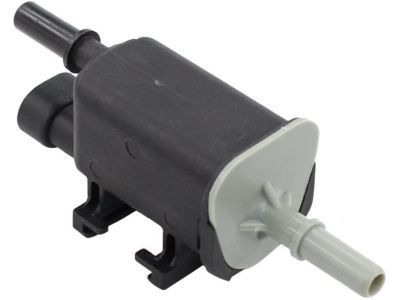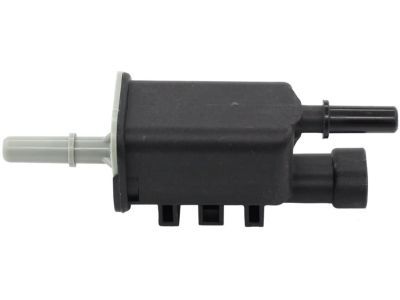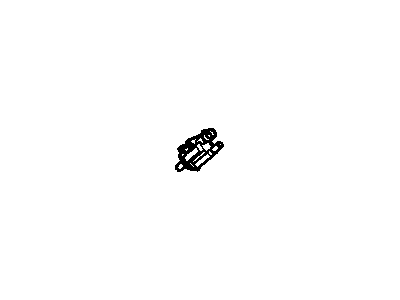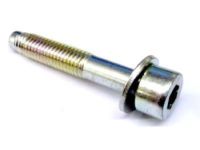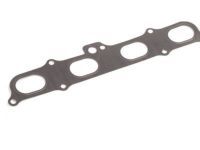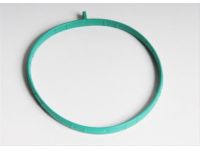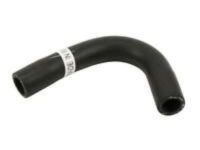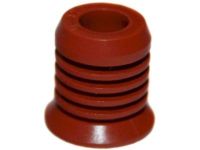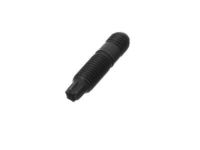The EVAP canister purge control solenoid valve is located on the back of the intake manifold. To remove it, first disconnect the electrical connector from the valve, then disconnect the hoses. Slide the purge valve off its mounting bracket and remove it, with installation being the reverse of removal. The EVAP canister vent solenoid valve is found on the EVAP canister; to remove it, take out the EVAP canister from the vehicle and twist the valve counterclockwise, with installation also being the reverse of removal. For the fuel tank pressure sensor on 2015 and earlier models (and 2016 Malibu Limited), it is located on the top of the fuel pump module or on the side of the EVAP canister. To replace it on NUS models, remove the fuel tank, disconnect the sensor connector, and release the tab to remove the sensor. For NU6 models, loosen the left-rear wheel lug nuts, raise and support the vehicle, remove the wheel, and the under-cover below the EVAP canister, then locate and disconnect the sensor. Inspect the O-ring and replace if damaged, with installation being the reverse of removal. On 2016 and later models (except Malibu Limited), the sensor is on top of the EVAP canister or attached to the top of the fuel tank for 2019 models. Remove the fuel tank, locate the sensor, release the retaining tabs to remove the cover, disconnect the electrical connector, and remove the sensor, inspecting the O-ring for damage and reversing the removal process for installation. To remove the EVAP canister, raise the vehicle securely on jackstands, remove the fuel tank, disconnect the electrical connector and hoses from the canister, and use a screwdriver to pry the canister upwards from the fuel tank, with installation being the reverse of removal. The EVAP canister filter, found on 2016 and later models (except Malibu Limited) attached to the fuel filler pipe, requires loosening the right-rear wheel lug nuts, raising and supporting the rear of the vehicle, removing the wheel, and the inner fender liner. Locate the canister filter, disconnect the quick-connect fitting, cut the zip-ties, and remove the filter and hose, with installation being the reverse of removal and using new zip-ties in the original locations to attach the filter.
Posted by GMPartsGiant Specialist 
